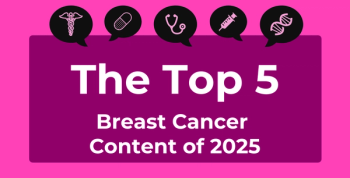
Narcolepsy Management Must Be Tailored for Each Patient, Report Suggests
Narcolepsy management should be a combination of behavioral and pharmacologic strategies that are tailored to the patient with consideration of the impact of symptoms and how they may evolve, according to a recent review aiming to improve narcolepsy diagnosis and management.
Narcolepsy management should be a combination of behavioral and pharmacologic strategies that are tailored to the patient with consideration of the impact of symptoms and how they may evolve, according to a recent review aiming to improve narcolepsy diagnosis and management.
The
“Lack of awareness and ability to recognize the cardinal symptoms of narcolepsy contributes to inability to appropriately diagnosis the condition. The AWAKEN survey in 2014 clearly highlights the frequent inability for physicians to recognize these symptoms,” the author explained. “Unfortunately, this study found that less than 10% of primary care providers and only 22% of sleep specialists could identify all five narcolepsy symptoms. Improved knowledge of these symptoms, including recognition of the clinical manifestations of these symptoms, may lead to improved time to diagnosis and optimized treatments.”
According to the report, diagnostic strategies must be tailored to the patient based on the limitations they present. Therefore, cerebrospinal fluid testing should be used in patients who cannot complete multiple sleep latency testing in order to maximize chances to identify patients.
Furthermore, treatment for narcolepsy patients should be a tailored combination of behavioral and pharmacological strategies, with physicians considering the impact of a patient’s symptoms on their academics, socialization, safety, and relationships when they make recommendations.
“Re-evaluation of symptom presence and control at each visit, as well as surveillance for side effects, are critical for optimal adherence and improvement. When discussing pharmaceutical therapy, it is necessary to include information on convenience of administration, efficacy, risk for abuse, adverse effects and impact on comorbidities,” concluded the author. “It is important to complement pharmaceutical with behavioral interventions to maximize symptom improvement.”
Reference
Morse, A. Narcolepsy in children and adults: A guide to improved recognition, diagnosis and management [published online November 27, 2019]. Medical Sciences. doi: 10.3390/medsci7120106.
Newsletter
Stay ahead of policy, cost, and value—subscribe to AJMC for expert insights at the intersection of clinical care and health economics.









































